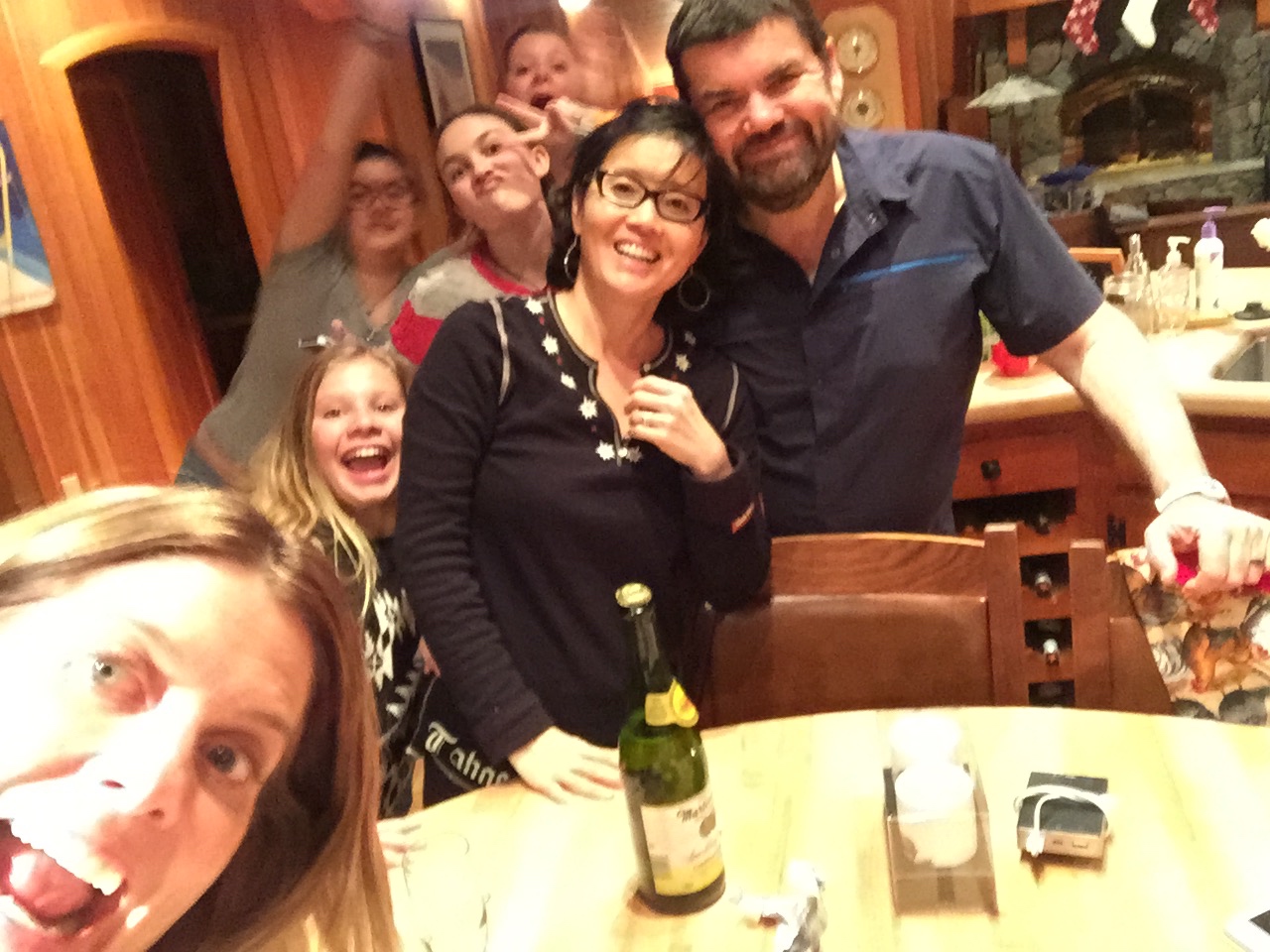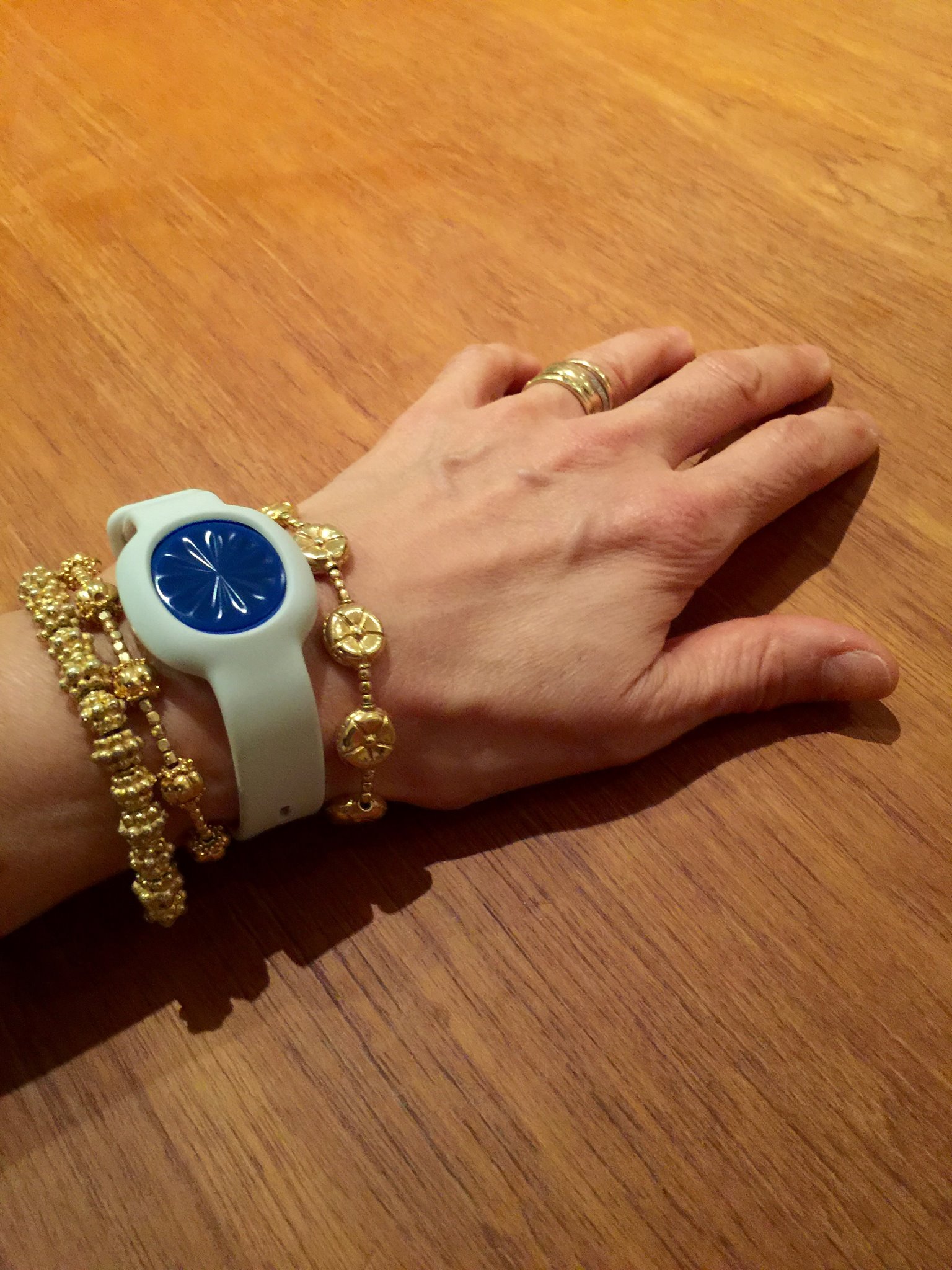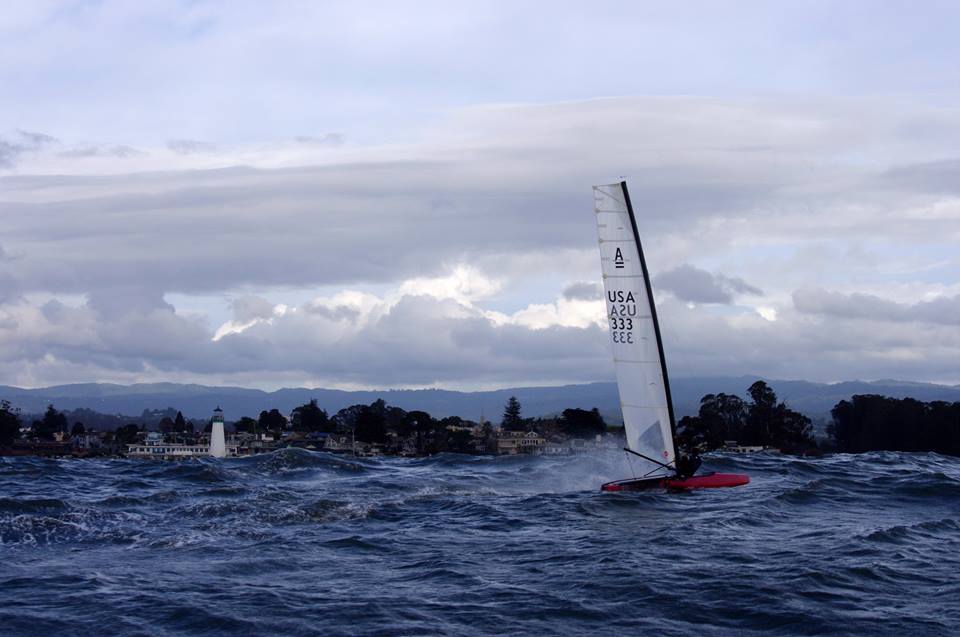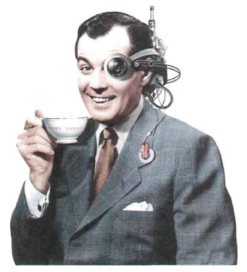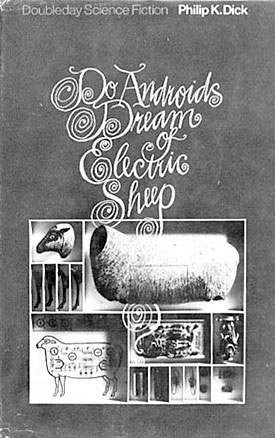An Introduction to Understanding Sleep
Introduction: As my colleague Mark Christensen and I were sailing across oceans double-handed (just two of us on a fast high tech sailboat), chasing and beating records, we discovered that we were both so busy that neither of us slept much more than 30 minutes at a time for weeks on end. And it worked. I mean we were performing. Why did it work? We decided to use the scientific method and to build sleep monitors and a software system that would monitor both our sleep and wake performance.
Wired Magazine on Sleep and Sailing
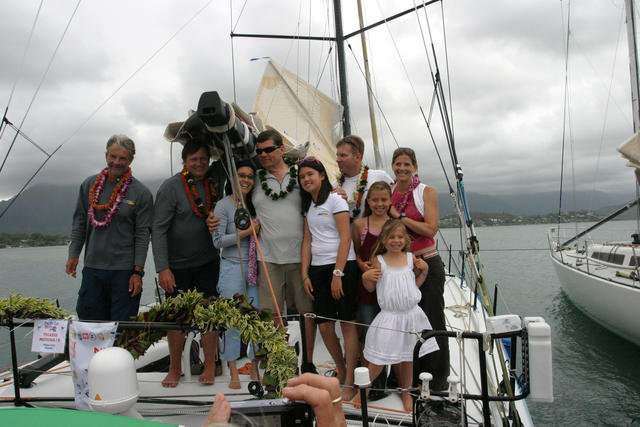
What we learned defied common wisdom. Mark and I were back in an evolutionary environment with no constraints but that of Mother Nature and our whole beings were adapting and shedding all sorts of misconceptions. Just like intermittent fasting makes us healthier, there is magic to understanding sleep budgeting and optimization. Here I share some of our findings based on over 100,000 nautical miles sailed across oceans around the world.
I hope that you find this first installment useful and look forward to your feedback.
Your Sleeptracker® statistics and what is “normal”
Preface: We are all different. However, we can learn a lot from the Sleeptracker® community, comparing our own sleep to “people like me” to help us gain a better understanding of our sleep. So these “normal” values and ranges simply reflect Sleeptracker® stats for 90% of the population, 90% of the time. If you are an elite athlete or have a chronic condition you may find yourself out of range for some of the stats. It’s important to understand where you are and make small improvements over time. Be patient with yourself.
Total Sleep is not the time spent in bed, but the time when you were actually asleep. A restful night’s sleep for most people ranges from 6 to 9 hours. Statistically, females on average tend to sleep a little more than males. Everyone is different. What counts is how rested you feel and making small improvements. For example, if you find initially you sleep for 6 hours on average, try to set your goal for 6 hours 15 minutes. Iterate until you feel more rested.
Time to Sleep is the time elapsed between starting a sleep recording and actually falling asleep. If you fall asleep in less then 3 minutes you are probably sleep deprived. If it takes you more than 30 minutes to fall asleep (once you’ve decided to fall asleep, not if you are simply reading a great book), it would be good to look at factors which can impact time to sleep such as when and what you ate and drank before bed, caffeine consumption, and how much exercise you’ve had and when that occurred. It helps to finish eating and drinking a couple of hours before bed, stretch your muscles, and keep your bedroom cool and quiet.
Light Sleep, REM Sleep and Deep Sleep: Sleep occurs in waves, with a crest called REM (rapid eye movement) when we dream, and a trough called deep sleep when we are in maximum recovery mode, together with several intermediate stages. All stages of the “sleep wave” are necessary, and sleep typically comes in multiple waves. Depending on the individual, each wave of sleep lasts 45 to 90 minutes and we experience between four to six waves of sleep (complete cycles) per night. The highest percentage of deep sleep is experienced during the earlier waves.
Awake time displays how long your “awake events” are during the night. Often, we don’t even remember some of these awake events if they are short. However, if you are awake for more than 12 minutes, it may be a good idea to get up and do something relaxing. Pascal, Newton, Mozart, Debussy, Einstein, Nadia Boulanger, and many other geniuses would actually sleep in “two shifts”: they called it “First Sleep” and “Second Sleep” and claim they did their best work in the middle of the night. That’s hard to do in a modern world with standardized work hours.
Wakeup displays the number of awake events you experienced during your sleep. If they are short, you may not remember them. Up to 3 to 5 awake events is quite normal and with young children or pets, some of us experience several awake events each night.
Sleep Score (range 1 -100): Sleeptracker® makes it easy to rate your sleep from day one, with your “Sleep Score”. For example, there are people with a sleep score of 50 out of 100 initially, who after a few months of using Sleeptracker® improved their sleep score to 75, and continue to improve. The ideal sleeper will look for a sleep score of 90+ over time. But many healthy individuals function well at 75 or above.
Sleep Efficiency is the percentage of time spent sleeping. For example, spending 8 hours in bed and 6 of those hours asleep is a sleep efficiency of 75%. Some people start at 50%, and after a few months reach a sleep efficiency of 75% and continue improving incrementally. With an 85% sleep efficiency or higher, you are doing well.
Percentage of Sleep Goal: This is a great tool to incrementally increase your total sleep time. Set your initial sleep goal at a realistic time for you, then increase your goal by 10% until you beat it, then iterate. Unrealistic goals are demotivating. Small incremental wins are empowering.
Average Breathing Rate is the number of breaths you take per minute. Sleeptracker® measures your breathing rate continuously throughout the night and produces an easy to understand line graph. For healthy individuals between age 16 and 65, resting respiratory rate between 10-22 breaths per minute is considered normal. After about 67 years of age, it’s common for respiration rate to increase by up to 20%. Snoring and sleep apnea affect breathing rate, as well as illness, pain or fever.
Average Heart Rate is the number of beats your heart takes in a minute. Sleeptracker® measures your heart rate continuously throughout the night and produces an easy to understand line graph. A heart rate between 40 and 85 is considered healthy. Snoring and sleep apnea affect heart rate, as well as alcohol, caffeine and sugar consumption, illness, pain or fever. Sleep is your recovery mechanism, and you will notice the more restful your sleep, the lower your heart rate when you wake up. Throughout the night as sleep rebuilds your body, your heart rate decreases in small steady increments.
What is sleep and why do we, and mammals, sleep?
Sleep is the recovery mechanism for all of us. It’s when we rebuild our bodies, our muscles, cleanse our organs, and rewire our brain. Sleep is necessary. The Sleeptracker® monitor helps us understand and improve our sleep. Here is an example: Sleeptracker® will automatically measure your heart rate through the night, and you can see that as your cardiovascular system repairs and rebuilds during sleep, by the morning your resting heart rate is often significantly lower for a healthy individual.
How do I sleep?
Sleeptracker® makes it easy to rate my sleep from day one, with your “Sleep Score”. For example, there are people with a sleep score of 50 out of 100 initially who after a few months of using Sleeptracker® improved their sleep score to 75, and continue to improve after that. The ideal sleeper will look for a sleep score of 90+ over time. But many healthy individuals function well at 75 or above.
What does how I sleep mean?
Practically, how we sleep in the long-term has an important impact on how we perform at work or at the gym, on our mood, and on our overall health.
What are sleep cycles, and how do they affect my sleep?
Sleep occurs in waves, with a crest called REM (rapid eye movement) when we dream, and a trough called deep sleep when we are in maximum recovery mode, together with several intermediate stages. All those stages of the “sleep wave” are necessary, and sleep typically comes in multiple waves. Depending on the individual, each wave of sleep lasts 45 to 90 minutes and we experience between four to six waves of sleep (complete cycles) per night. The highest percentage of deep sleep is experienced during the earlier waves.
What does it mean to improve my sleep?
The consequences of improving sleep are profound and measurable over time, even as we age. Improving sleep means improving overall health, work and physical performance, mood, and even relationships. There are only upsides to improving your sleep.
How can I personally improve my sleep?
You can improve your sleep by making small incremental changes. The power of Sleeptracker® is that we can quantify the effect of these little changes, and the Sleeptracker® AI-powered engine will deliver personalized insights based on your own sleep performance, as well as based on the sleep performance of “people like you” who are part of the Sleeptracker® community.
Can I really improve my sleep that much with Sleeptracker®?
In a nutshell, yes! Let us consider the amount of time that we, as humans, sleep. We sleep for a third of our life. At the same time, we live in a sleep-deprived world. Due to the demands of our modern world, it’s not feasible to increase the amount of time we spend in bed attempting to sleep. Instead, we need to better understand our habits to improve the efficiency, performance, and overall quality of our sleep. Now consider a night where you spend 8 hours in bed, but only sleep for six of those hours; your sleep efficiency is 75%. If we increase that efficiency by only 13 percent, your six hours of sleep becomes seven hours. This increase gains you a full hour of sleep. Sleeptracker® can help you improve the quality of your sleep so you can sleep more, and sleep better.
What happens in the first 30 days when I use Sleeptracker®?
From the first day you start monitoring your sleep, Sleeptracker® will be helpful. Yet, the first step to understanding how to sleep better is understanding how you sleep. In the first 30 days of use, Sleeptracker® gets to know you, gives you personalized insights to help you improve your own sleep over time, and understands how you are sleeping compared to “people like you”.
What does periodization of sleep mean?
By carefully analyzing several million nights of sleep of Mr. and Ms. Everyone, Sleeptracker® has come to the conclusion that sleep performance comes in waves, just like athletic performance. There will be times in life when our sleep performance decreases. For example, if we catch the flu, tear a muscle or have other aches and pains, or if we have busy times at work. It’s important to accept and understand this fact of life, and with the help of Sleeptracker® start improving our sleep score again, patiently a little bit at a time. Many things in life seem to go in waves and in cycles. While Sleeptracker® helps you improve your sleep over time, it is important to realize that improvement does not occur on a consistent continuous slope. Improvement in any realm doesn’t occur at a constant rate, but overall improvement is periodized, and consistency and daily practice make a big difference. That’s true with Sleeptracker® too.
Why is it important to store my sleep information over time as I age gracefully?
Identifying correlations and trends in long-term sleep data helps us understand how our bodies, health, and habits change over time. As we age, our sleep habits change. Sudden changes in our sleep as reported by Sleeptracker® can be indicators of how something in our well-being may have changed and provides a good reminder to continue improving our sleep performance. That’s true with any health condition and at any age. We can always make small incremental improvements to sleep. Sleeptracker® is a key to better understanding our health, and to building a healthier future.
What vital signs does Sleeptracker® monitor?
Sleeptracker® continually monitors respiration and breathing patterns, as well as fluctuations in heart rate, and qualitative and quantitative body motions.
Should I take power naps during the day?
Yes! Taking power naps is a great idea. This is completely natural, particularly if your sleep wasn’t ideally restful. In Spanish, “siesta” comes from “seis” which means “six”, and in general you will notice 6 hours after waking up you will feel a bit sleepy. If you have an opportunity, try a 20-30 minute power nap to recharge; no more than 30 minutes or you risk waking up groggy.

